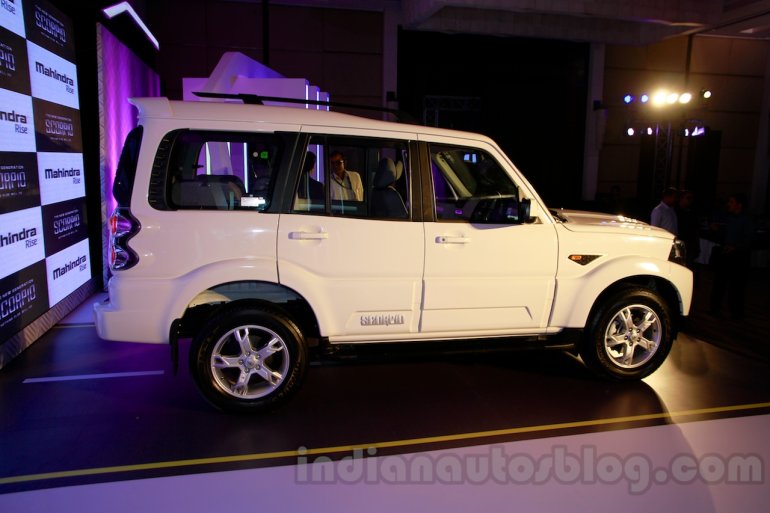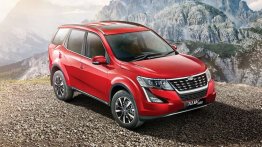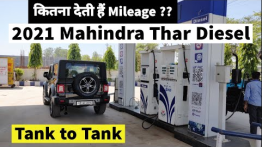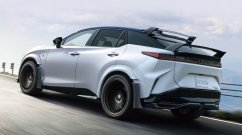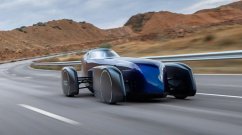It has been a little over 48 hours since the new Mahindra Scorpio for 2014 went live in Mumbai. There has been considerable chatter over the media and social media as people have voiced mixed opinions about the new generation Scorpio. Some have liked the new design, while some have maintained their allegiance to the old one.
Mahindra, as with every iteration, has introduced new technology onboard the Scorpio, and for the first time in 12 years - worked seriously on the interiors.
But exactly how new is the new Scorpio?
Over the past 12 years, I have owned five model years of the Scorpio, one of which was a four-wheel drive version. For most part, I have had a mixed ownership experience with the brand. It remains one of the most important cars on Indian roads today, and the reason for Mahindra’s 21st century revival too.

In person, the new Scorpio looks far better than most images have shown it to be. Blame it on Instagram perhaps, but when you actually see it physically present in front of you, all the notions of an over worked design go out the window. For the first time in the car’s history, it is picturesque from the front too. Ramkripa Ananthan once again led the design team here, one of her previous projects being the XUV500.

On the inside, a similar story extends. The quality improvements are shocking. Here too, you can’t trust the pictures. You have to be physically present to appreciate the quality enhancements executed by Mahindra. The six-inch touch screen infotainment is actually a pleasure to use, and the plastic quality on the automatic air-conditioning buttons right below is better than a Mercedes I recently drove.

Changes are limited to the front dashboard and centre console. Mahindra has left the second and third row virtually untouched. The seats remain the same albeit a blue-beige colour scheme. There is a new five-speed gearbox that Mahindra claims is easier and smoother to use. And delivers reduced NVH to the driver too. Though I haven’t driven it yet, the gearshift mechanism definitely felt better over the previous generation model.
Under the hood, most have come to believe that the entire chassis is new. That’s not entirely the case. The front crash tips of the chassis are now manufactured using a hydro-forming technique, which is a process basically used for manufacturing parts that have variable thickness.
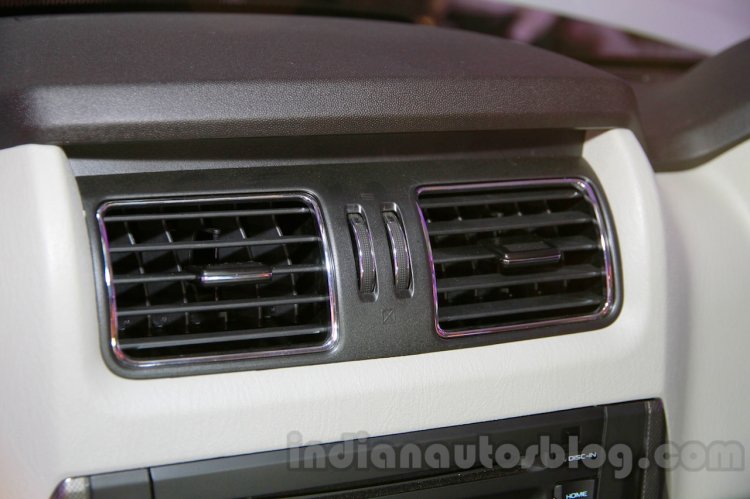
This process helps the Scorpio meet European crash regulations. Besides that, Mahindra has actually put in a lot of effort in improving the ride quality of the car. Suspension elements at the front and rear are all new, both installed with anti roll bars to help with cornering stability. The rear axle is new (BANJO) and lighter. There is a new clutch in place, new exhaust, new wheel hubs for reduced frictional losses, vibrational damping on the propeller shaft to reduce NVH, a plastic fuel tank (from the XUV500), and a 6-channel ABS unit that now works on all four wheels instead of just the front two.

How much has the ride quality improved as a result of all those changes, I don’t know yet. What is evident, is that the masses who will end up buying the car will be more concerned with what they can see (against what they can’t), and that is the features.
Mahindra has introduced a new variant nomenclature with the new Scorpio. The trims will now be called S2, S4, S6, S8, and S10. The feature list is spread across these 5 variants, but it is quite clear that all those new technology bits that Mahindra has endeavored to introduce on the Scorpio’s platform, will appear only on the top end S10 variant. I have split the feature list (below) into the ones that will come as standard across the range, and the ones that will differ variant to variant.

The standard bits are mostly the features that pertain to the design of the car. I have highlighted all the new feature introductions in blue on the specification sheet below.

If you decide on any variants besides the S10, you don’t get most of the new tech as well as most of the previous generation's ones. You miss out on those projector headlamps, static bending lamps, touchscreen infotainment, GPS, Tyre-tronics, start-stop system, automatic air conditioning, steering-mounted audio controls, cruise control, multi-information display, LED eyebrows, and more.
Therefore, what you technically get by choosing the S2, S4, S6 or S8 variant, is a refreshed version of the previous generation car. One that is designed better, possibly rides better, and is more appealing. If you desire the genuine hardware action, you will have to go with the S10 version, which is the actual and true upgrade from the older generation in terms of features and technology.
